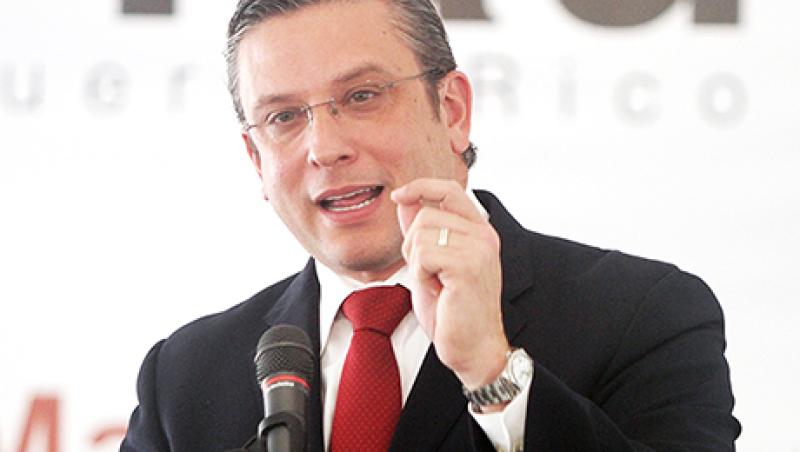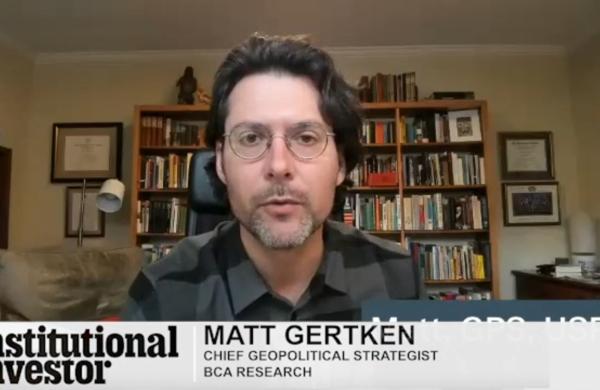While most eyes were on Greece’s and China’s troubles earlier this summer, the slow-motion meltdown of Puerto Rico’s finances finally looked to be coming to a head. On June 29, after the publication of a report on the commonwealth’s solvency, Governor Alejandro García Padilla acknowledged that, at more than $72 billion, Puerto Rico’s debt burden is greater than previously realized. The U.S. territory of 3.5 million people must reach an agreement with its creditors or be forced into an “unplanned and unilateral default,” García said in a public address. In an effort to pull back from the brink, the government began meeting with creditors. Representatives for the governor held talks with bondholders at Citigroup’s New York offices on July 13.
García’s office and the Government Development Bank for Puerto Rico have formed a working group to negotiate the restructuring; they have until August 30 to present a fiscal adjustment plan to the governor. Analysts estimate that the GDB will run out of liquidity by the first quarter of 2016. Efforts are under way to enable a restructuring under Chapter 9 of the bankruptcy code, but creditors still expect that an out-of-court agreement is more likely. Without any formal creditor committee, ad hoc groups have been forming and hiring representation.
A group of 35 hedge fund creditors holding various government backed bonds formed last July. The six-manager steering committee includes New York–based Brigade Capital Management, Centerbridge Partners, Davidson Kempner Capital Management and Fir Tree Partners. They were already pushing for new terms — including higher yields and the ability to demand immediate repayment in full in the event of a default — before the June 29 announcement.
In late June, prior to the report’s release, the group had sent a letter to García and GDB president Melba Acosta Febo demanding a face-to-face meeting. A smaller subgroup of GDB holders has retained the New York firm Davis Polk & Wardwell as legal counsel as strategies start to diverge.
Creditors holding senior-lien tax-backed COFINA bonds, issued for Puerto Rico’s sales tax financing corporation, have hired their own legal team.
A lawyer by training, García, 43, was elected in 2012, defeating incumbent governor Luis Fortuño. Leader of the New Progressive Party of Puerto Rico and affiliated with the U.S. Republican Party, Fortuño had been the first Republican-identified governor elected by the commonwealth. After he won the 2008 election with an overwhelming majority, his attempts at economic reform — Puerto Rico’s current economic woes began in 2008, though the seeds had been sown well before — met with strong resistance, including mass protests by labor unions. When Democrat García, head of the rival Popular Democratic Party, narrowly defeated Fortuño, he promised a softer line on public sector job cuts and privatization.
As candidate and then governor, García saw the necessity of reform, given the poor health of Puerto Rico’s coffers. Besides raising taxes and cutting spending, he’s passed legislation to restructure the territory’s three public pension vehicles, the employees’, teachers’ and judicial retirement funds, which have funding ratios below 15 percent. (The employees’ fund has a 0.7 percent funding ratio, with just $210 million in net assets and $30.2 billion of liabilities; the teachers’ fund is in better shape, with a funding ratio of 11.5 percent and $1.7 billion in assets; the $62.1 million judiciary system is 12.3 percent funded.)
But the Caribbean island’s fiscal crisis kept getting worse. Beyond the public pension deficit, Puerto Rico’s biggest problems are a woeful employment rate — only 40 percent of the adult population has a job or is looking for one — lack of capital in its General Fund and public utilities that are highly levered and running on empty.
García’s changes hiked his disapproval rating to 62 percent, and his pension fixes have been challenged in court. By this February a petition to the Obama administration had been started seeking the governor’s impeachment. The petition, which had about 105,000 signatures in early July, calls for an “investigation and action, over what has been done with the people’s money over the last two years.”
Against this backdrop Anne Krueger, a former International Monetary Fund deputy director and advocate of sovereign debt restructuring, and co-authors Ranjit Teja and Andrew Wolfe published a report exposing the extent of the territory’s financial woes and proposing radical reforms. The study had been commissioned by García’s administration, but that doesn’t make taking the medicine any easier.
Krueger and her colleagues recommended that the government restructure the island’s debt by replacing the outstanding sum with a later and lower service profile, and that negotiations for general obligation creditors be coordinated with those for public enterprises that are also in trouble. They called as well for lowering the minimum wage, making more tax changes — including adopting the sales tax proposed by the government and replacing corporate income tax exemptions with a low flat rate of 10 to 15 percent — and asking U.S. Congress to pass a law allowing Puerto Rico’s public utilities to file for Chapter 9 protection.
Negotiating with creditors sounds easy compared with striking deals with many of the other constituents, among them trade unions and Congress, that will have to come together to solve this crisis.
Even the recognition that Greece’s deficits are far greater than Puerto Rico’s probably isn’t much consolation for García. Whereas tourism remains a rare bright spot for Greece, the Krueger report and other studies have criticized Puerto Rico for failing to develop its tourist economy. García, for one, won’t be taking a vacation anytime soon.






